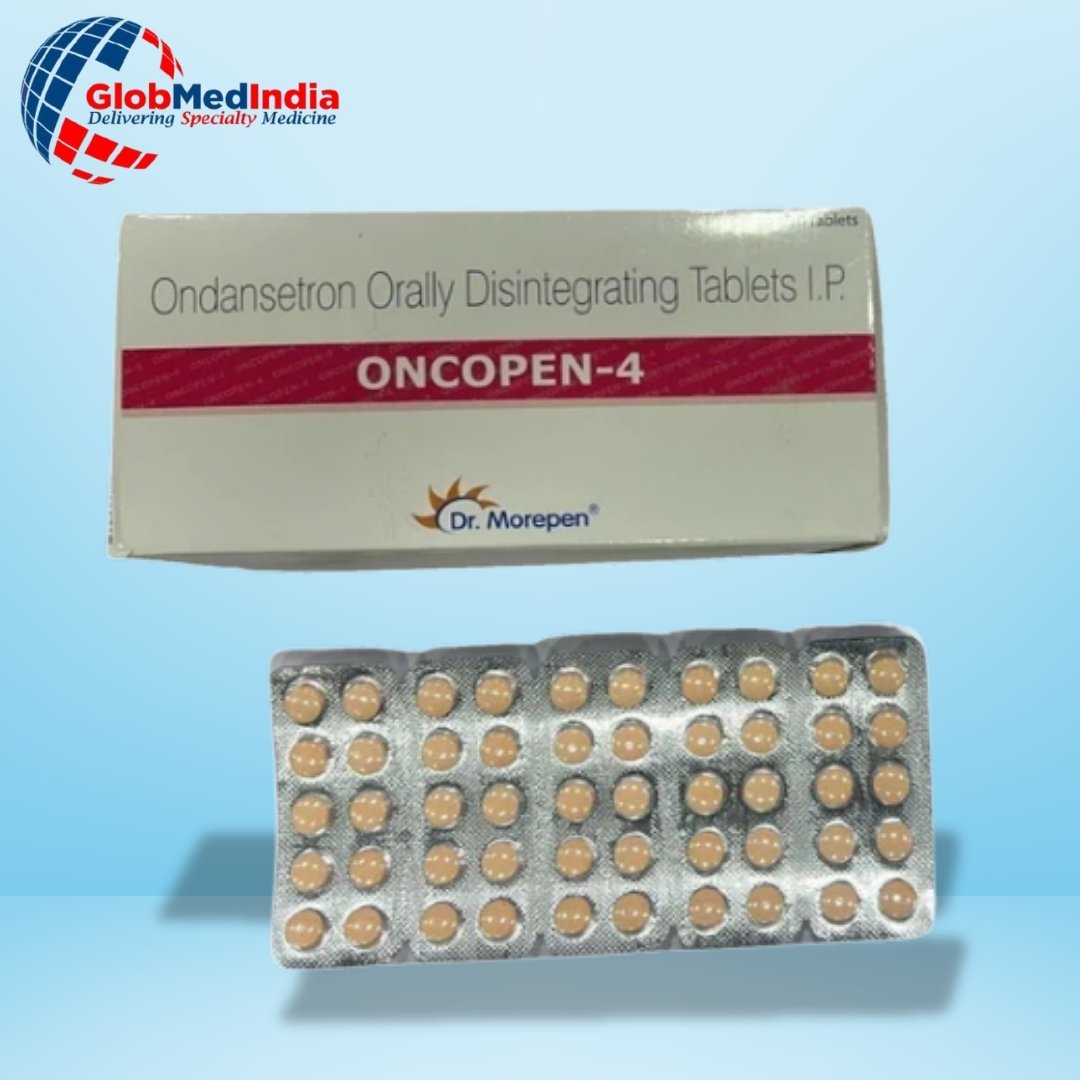Description
Ondansetron: Pharmacokinetics and Clinical Overview
Ondansetron is a widely used 5-HT₃ receptor antagonist. It effectively prevents and treats nausea and vomiting linked to chemotherapy, radiation, and surgical procedures. Clinicians appreciate its consistent behavior across different routes of administration.
After oral, intramuscular (IM), and intravenous (IV) administration, Ondansetron demonstrates a similar pharmacokinetic profile. The drug has a terminal half-life of approximately 3 hours and a steady-state volume of distribution around 140 liters. IM and IV doses produce equivalent systemic exposure, offering reliable dosing flexibility in both inpatient and outpatient settings.
Core Pharmacological Features of Ondansetron
Ondansetron’s clinical effectiveness is rooted in several pharmacokinetic and pharmacodynamic traits:
-
✅ High Oral Bioavailability
The drug achieves strong absorption when taken orally. This efficiency is due to its limited first-pass liver metabolism, which allows more of the drug to reach systemic circulation. -
⏱ Quick Onset of Action
Patients often experience relief within 30 minutes to 2 hours, depending on the route used. This fast action is especially important for acute nausea in cancer therapy or post-surgery recovery. -
🔬 Extensive Liver Metabolism
Enzymes such as CYP3A4, CYP2D6, and CYP1A2 metabolize Ondansetron. This predictable breakdown ensures consistency across different patient profiles. -
💧 Wide Tissue Distribution
Ondansetron binds minimally to plasma proteins, allowing it to distribute broadly in body tissues. This characteristic enhances its effectiveness in managing symptoms. -
🚽 Renal Elimination Pathway
The body clears most of the drug through urine. Both the unchanged compound and its metabolites exit the system efficiently, minimizing drug accumulation. -
🎯 Effective Antiemetic Relief
Ondansetron works well against nausea and vomiting caused by chemotherapy and surgery. Also Its mechanism of blocking serotonin at 5-HT₃ receptors helps improve patient comfort and treatment adherence. -
😊 Excellent Safety Profile
Most individuals tolerate Ondansetron well. Side effects such as headache or constipation are usually mild and temporary.
Clinical Use and Practical Considerations
Healthcare providers prescribe Ondansetron in 4mg and 8mg tablet forms, oral disintegrating tablets, and injectable formats. Additionally Oncologists often pair it with dexamethasone for patients undergoing chemotherapy to boost antiemetic effects.
In surgical recovery, administering Ondansetron pre- or post-procedure significantly reduces nausea. It’s also helpful in treating gastroenteritis and drug-induced vomiting.
Doctors should assess potential interactions, especially with drugs that prolong the QT interval or influence CYP enzyme activity. Careful review can help avoid rare but serious cardiac complications.











Reviews
There are no reviews yet.